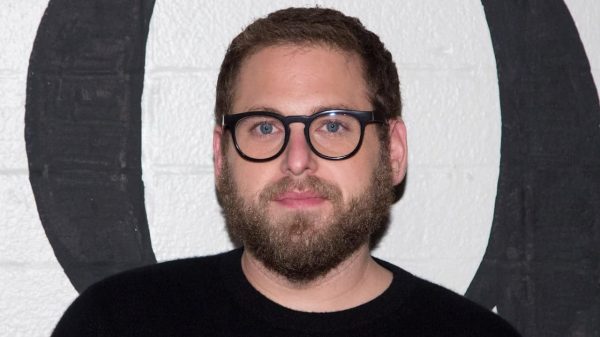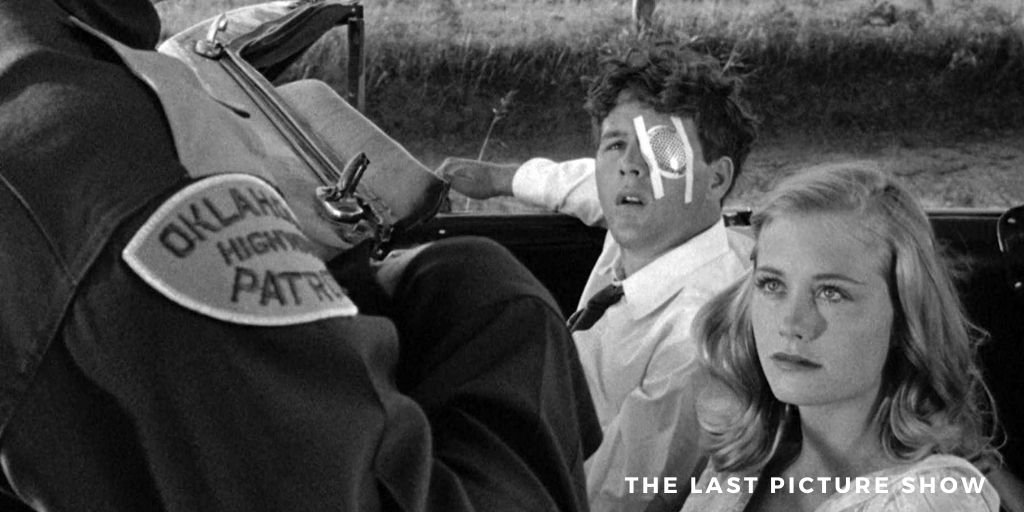The Last Picture Show is a 1971 American coming-of-age drama movie directed and co-written by Peter Bogdanovich, adapted with the semi-self-portraying 1966 novel The Last Picture Show by Larry McMurtry. The film’s cast includes Timothy Bottoms, Jeff Bridges, Ellen Burstyn, Ben Johnson, Cloris Leachman, and Cybill Shepherd. Set in a small town in northern Texas from November 1951 to October 1952, it is a story of two high- school seniors and long-term friends, Sonny Crawford (Bottoms) and Duane Jackson (Bridges).
The Last Picture Show was theatrically delivered on October 22, 1971, by Columbia Pictures. It was a critical and commercial Picture, netting $29 million on a $1.3 million spending plan, and was nominated for eight Academy Awards, including Best Picture, Best Director, Best Supporting Actor for Johnson and Bridges, and Best Supporting Actress for Burstyn and Leachman, with Johnson and Leachman winning. In 1998, the Library of Congress chose the film for preservation in the United States National Film Registry for being “socially, by and large, or aesthetically significant.”
Released in 1971 to critical approval and public controversy, A shockingly straightforward, ambivalent show of social and socially acceptable sexual behaviors in a small- town in Texas, the film includes a talent loaded cast led by Jeff Bridges (The Mirror Has Two Faces), Cybill Shepherd (TV’s “Cybill”) and Timothy Bottoms (The Man in the Iron Mask). Cloris Leachman (TV’s “The Mary Tyler Moore Show”) and Ben Johnson (Rio Grande) each won Oscars(r) for their work in supporting jobs. This modern classic is a must-have for every film lover.
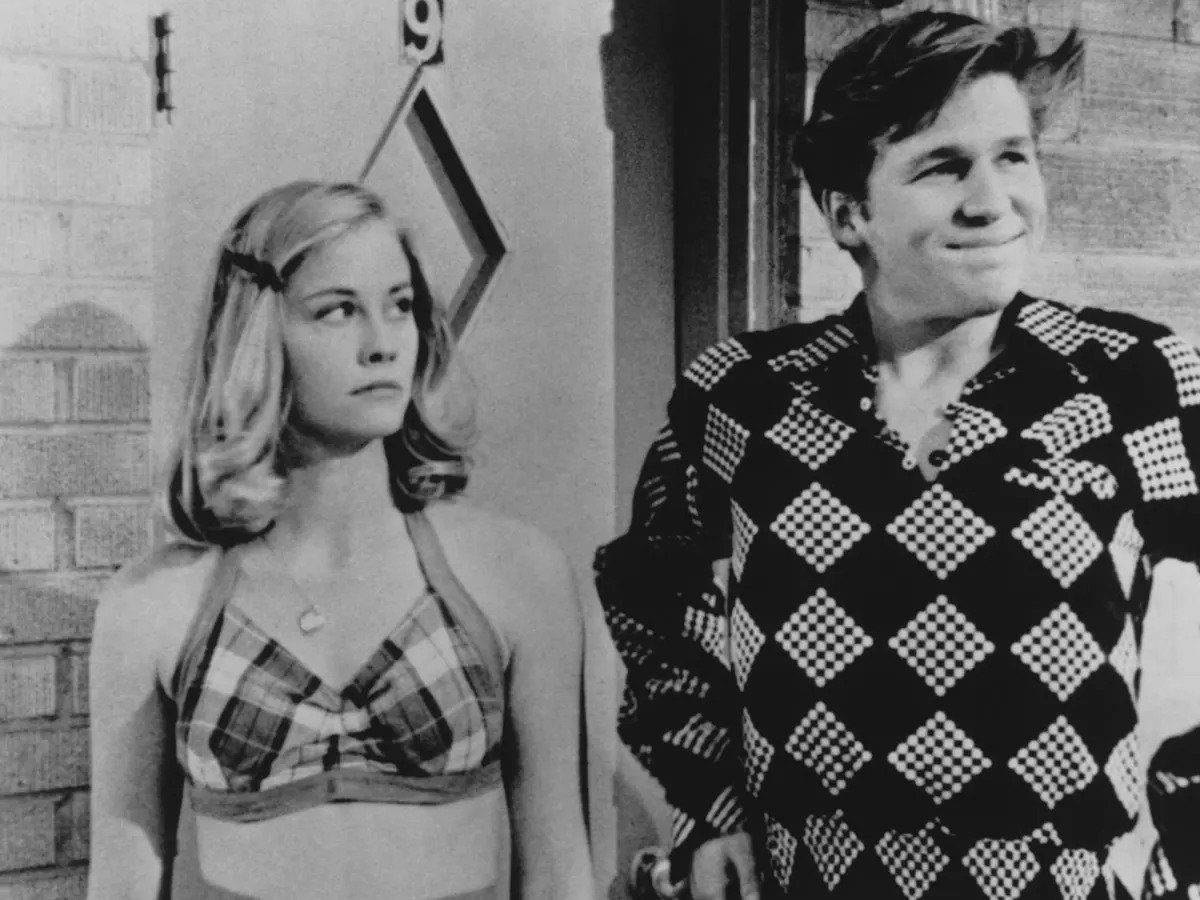
The Last Picture Show Plot
High school seniors and best friends, Sonny (Timothy Bottoms) and Duane (Jeff Bridges) live in a withering Texas town. The attractive Duane is dating local beauty, Jacy (Cybill Shepherd), while Sonny is engaging in extramarital affairs with the coach’s wife, Ruth (Cloris Leachman). As graduation approaches, both young boys consider their future While Duane’s eyes are on the military and Sonny takes control over a local business, every boy battles to sort out whether or not he can get away from this dead-end town and build a superior life elsewhere.
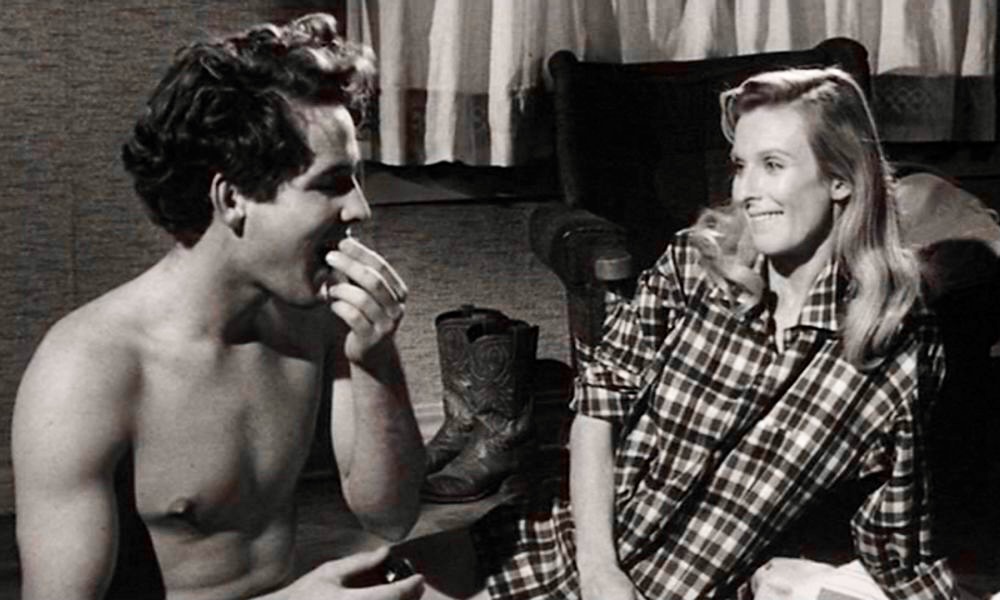
The Last Picture Show Review
From the beginning, the film is a dependable and skilful adaptation of the source, however, looking at both the film and the book uncovers a few fascinating divergences. The Last Picture Show isn’t the most moving movie however Peter Bogdanovich figures out how to coordinate superb performance in the period film. The Last Picture Show is a film wealthy in both style and significance. Bogdanovich recovers the atmosphere of his 1950s setting with caution attention and makes a moving representation of a town gradually dying as America moves into another age.
Also Read: Ouija Origin Of Evil Ending Explained: What Happened To Doris?
The Last Picture Show is director Peter Bogdanovich’s painful and moving glance at life in a little Texan town. Adjusted by Bogdanovich and Larry McMurtry from McMurtry’s novel, the film chronicles the coming of age of two young men in a period that saw the last fadeout of the American frontier.
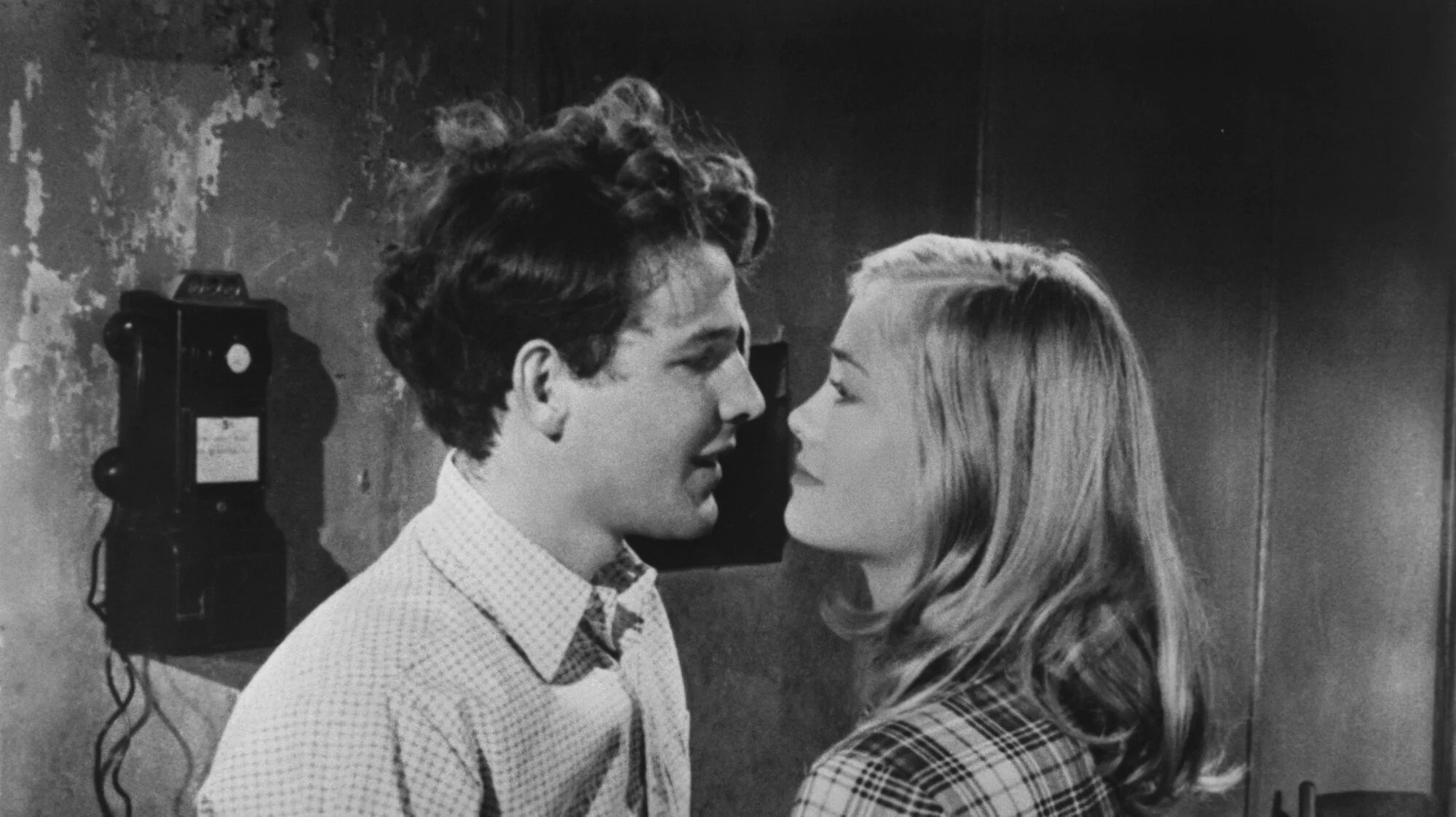
The Last Picture Show Ending
In the end, Duane and Sonny figure out how to fix things up solely after Sonny confirms the talk that he never slept with Jacy. Duane is characterized by his fixation on the young lady, conceding that he can’t move past her. At the point when he boards the bus that whisks him off to training camp before getting shipped off to Korea, his matter-of-fact “I’ll see you in a year or two if I don’t get shot” addresses Duane’s dismissal for his own life.
At the point when Sonny gets back to Ruth Popper, her initial resentment at Sonny’s reckless love gradually gives way to a recrudescence of her longing for him; it’s an eerie, perplexing scene that plays out basically through traded looks, downplayed motions, and the kind of discourse Hawks alluded to as “three cushions,” never expressing what it can essentially recommend. The couple sits hand-in-hand at the hip as Ruth consoles Sonny, “Never you mind, honey. Never you mind,” and the camera moves consistently away, dissolving gradually into a parallel pan back across the empty main street and finishing on the now-deserted Royal Theater, a practically prophetically apocalyptic scene of diminution and misfortune.
The prior night Duane ships out, he and Sonny go to the last picture show of the film’s title, a screening of Howard Hawks’ Red River. Bogdanovich’s widescreen contains the boxy Academy proportion screen showing the notorious scene when John Wayne gives control over to Montgomery Clift with the laconic, “Take them to Missouri, Matt.” While the feeling of the mallet being passed starting with one cinematic generation then onto the next couldn’t be any more clear, the scene likewise sounds the mark of the end for the classical way of filmmaking; as Mrs Mosey, the ticket-taker and popcorn merchant tells the boys, having “TV constantly” appears to have drained something from the filmgoing experience. In any case, similarly, as one wilderness closes, be it Old Hollywood or the Old West, another opens. For Duane, it very well might be distant in Southeast Asia; for the individuals from the New Hollywood, it was a momentarily opened window on rejuvenated filmmaking and bold narrating.















